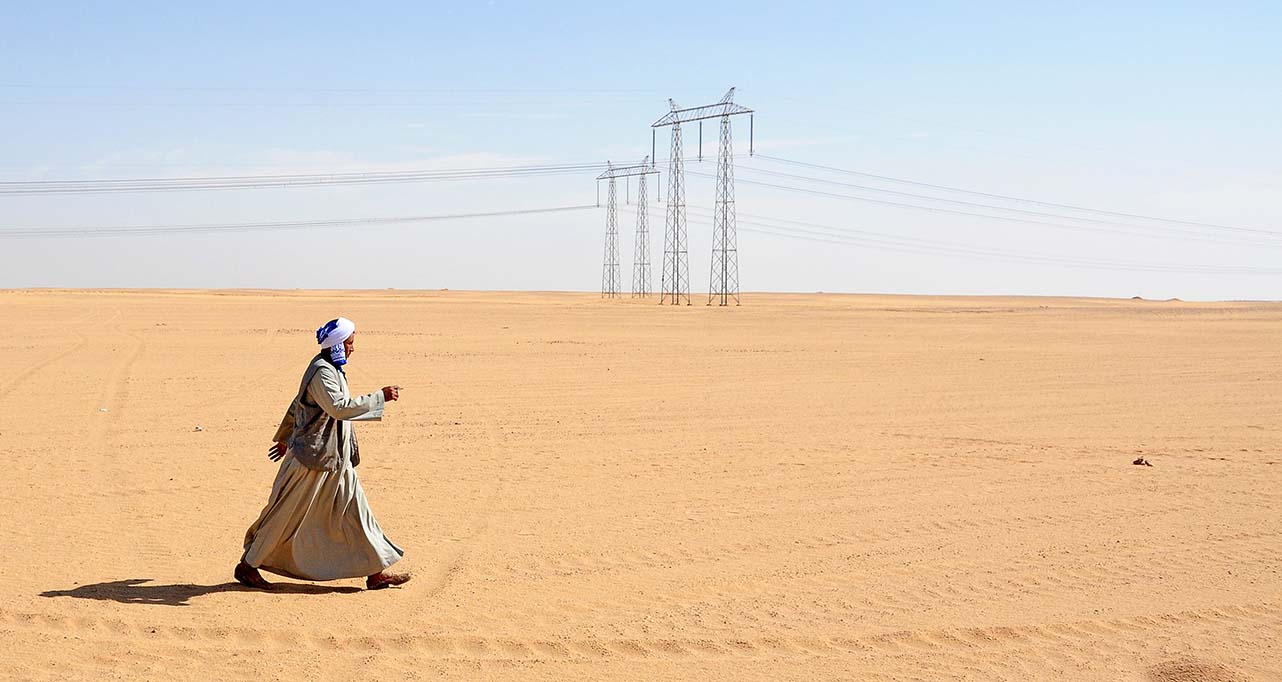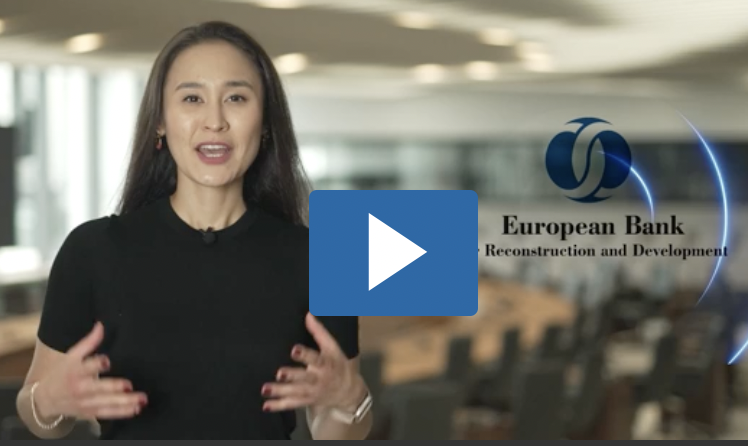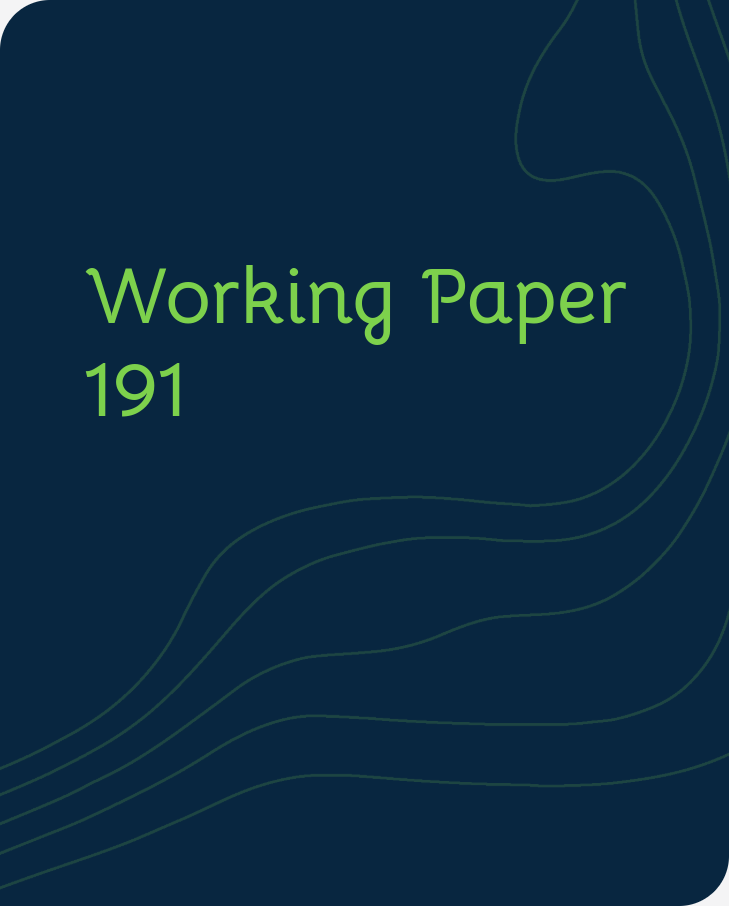Publication
Transition Report
Reform progress and transition indicators
Who we are
Overview: about the EBRDWho we are
Overview: about the EBRD
Learn about the EBRD's journey to investing more than €210 billion in over 7,500 projects.
What we do
Overview: how the EBRD operatesWhat we do
Overview: how the EBRD operates
Through projects, business services and involvement in high-level policy reform, we're doing more than ever before.
Work with us
Overview: how you can work with the EBRDWork with us
Overview: how you can work with the EBRD
We draw on three decades of regional knowledge and financial expertise to tailor our products and approaches to each client's needs.
September, 2016

By Jože P. Damijan
Private growth and investment in most of central, eastern and south-eastern Europe (CESEE) is still hampered by persistent financial distress in the corporate sector, resulting from the excessive debt taken on before the 2008 crisis. This paper looks at how this excess leverage affects firm performance in these countries. Apart from the negative impact of a firm’s own financial distress on employment and investment, we find that the most indebted companies negatively affect other firms too, and that these effects worsen during the financial crisis and are more severe for small and medium-sized firms. Therefore, resolving the issue of corporate non-performing loans can have far more widespread benefits than previously believed, with SMEs as the main beneficiaries.
For media enquiries related to this working paper, please contact Ksenia Yakustidi, Media Adviser at the EBRD’s Office of the Chief Economist
YakustiK@ebrd.com
All Working Papers
The Working Paper series seeks to stimulate debate on transition in the EBRD regions.
